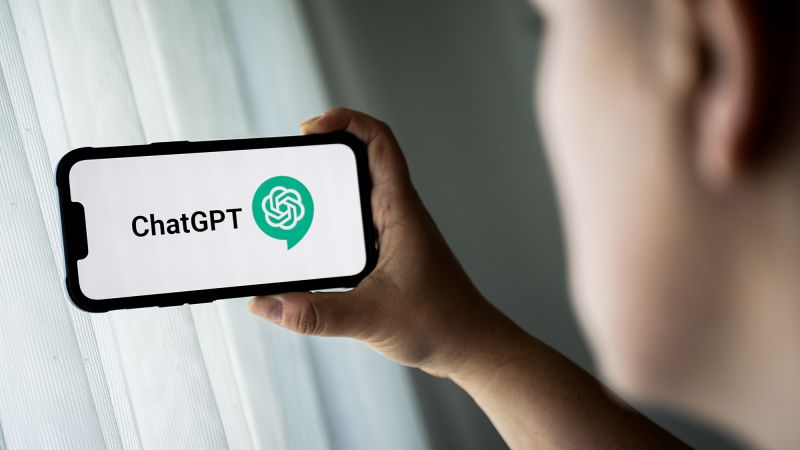OpenAI plans a December 2025 rollout to allow erotic content for verified adult ChatGPT users, pairing age verification and safety engineering controls. The change could boost engagement and subscriptions but raises legal, regulatory, and content moderation risks that will test OpenAI mature content compliance.

OpenAI CEO Sam Altman announced in mid October 2025 that a forthcoming ChatGPT update will permit erotic content for verified adult users, with a planned rollout around December 2025. Altman framed the change as an effort to treat adult users like adults, while promising stronger age verification and mental health safeguards. The move seeks to balance AI content safety, user demand, and product strategy, but it also raises new legal and reputational risks.
Since launch, ChatGPT balanced broad conversational ability with safety controls that restricted sexually explicit material. Those controls aimed to reduce harm to minors, prevent nonconsensual or exploitative content, and limit regulatory exposure. Facing competition from more permissive AI chat platforms and pressure to offer customizable personalities to paying users, OpenAI decided to relax certain content rules for verified adults. The company pairs that flexibility with safety engineering, including technical age verification and behavioral monitoring.
According to coverage of the announcement, the update will enable erotic content only for users who pass verification checks. OpenAI says it will deploy several technical and policy controls intended to mitigate risk. Key points:
Reaction is split. Some adult users and privacy advocates welcome the change as a move toward more personalized, humanlike AI experiences. Critics and some lawmakers worry about misuse, especially the difficulty of reliably keeping minors out and the potential for AI sexual content to be used in nonconsensual or exploitative ways.
Key risks include:
The short term business case is clear. Allowing erotica for verified adults could increase engagement and subscriber retention among customers who want more permissive, customizable AI companions. It also helps OpenAI compete with rival services that have fewer content limits.
However, the trade offs are material. Legal and reputational exposure could rise if safeguards fail to prevent underage access or if harmful content spreads. Effectiveness will depend on technical performance. Age verification systems are imperfect and behavioral monitoring can produce false negatives or false positives. Operational costs will increase across engineering, moderation, and legal functions.
Product leaders and policy makers should note the broader trend in AI product strategy: firms offer opt in premium features while investing in verification and monitoring to limit public backlash. For advertisers and enterprise customers, greater permissiveness may lift engagement metrics while also increasing brand safety concerns.
Observers should track whether OpenAI delivers on age verification and safety engineering promises and how regulators respond. Questions to watch include whether the behavioral router can reliably detect abuse, how the company balances privacy with verification, and whether new rules emerge to govern age restricted AI content.
OpenAI’s decision to permit erotic content for verified adults is a consequential experiment in balancing product demand, AI content safety, and regulatory risk. The planned December 2025 rollout will be an important test of whether age verification and behavioral monitoring can protect minors and vulnerable users at scale. Product leaders should prepare governance, monitoring, and legal reviews before enabling similar features. Regulators should clarify standards and enforcement expectations for adult content in AI platforms.



